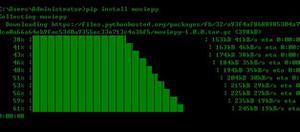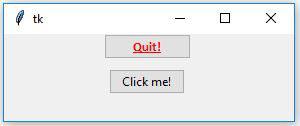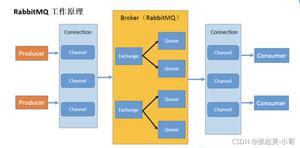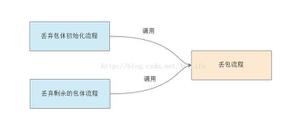python测试rabbitmq简易实例

生产者
python;gutter:true;">import pika#coding=utf8
credentials = pika.PlainCredentials('guest', '密码')
connection = pika.BlockingConnection(pika.ConnectionParameters('IP',5672,'/',credentials))
channel = connection.channel()
channel.queue_declare(queue='hello')
channel.basic_publish(exchange='',
routing_key='hello',
body='rabbitmq test!')
print("开始队列")
connection.close()
消费者
import pika#coding=utf8
credentials = pika.PlainCredentials('guest', '密码')
connection = pika.BlockingConnection(pika.ConnectionParameters('IP',5672,'/',credentials))
channel = connection.channel()
# rabbitmq消费端仍然使用此方法创建队列。这样做的意思是:若是没有就创建。和发送端道理道理。目的是为了保证队列一定会有
channel.queue_declare(queue='hello')
# 收到消息后的回调
def callback(ch, method, properties, body):
print(" [x] Received %r" % body)
channel.basic_consume(callback, queue='hello', no_ack=True)
print(' [*] Waiting for messages.')
channel.start_consuming()
以上是 python测试rabbitmq简易实例 的全部内容, 来源链接: utcz.com/z/388346.html








